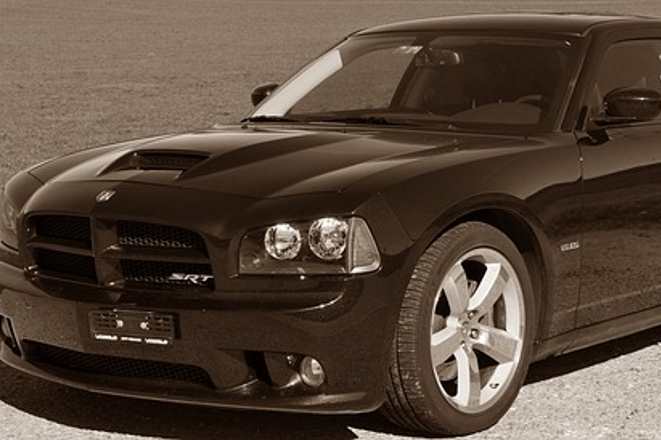Shifting Gears: The Intricacy and Influence of Dual-Clutch Transmission Systems
Introduction: Imagine you're cruising down the highway in a high-performance sports car. As you prepare to overtake, you step on the gas, and the car seamlessly shifts gears with no noticeable interruption in power. This impressive feat is made possible by the sophisticated engineering of dual-clutch transmission systems.

A Brief History of Dual-Clutch Transmission
In the early 1980s, Porsche’s racing team developed the first dual-clutch transmission (DCT), aiming to improve the speed and efficiency of gear changes in racing conditions. This system, known as the “Porsche Doppelkupplung”, marked a significant leap in automotive engineering. DCT technology was subsequently adopted by Audi and Volkswagen in the early 2000s, and from there, it spread across the industry.
Understanding Dual-Clutch Transmission
DCTs essentially incorporate two separate gearboxes, each with its clutch, within one housing. One gearbox handles the odd-numbered gears, while the other manages the even-numbered gears. This system allows for quicker, smoother gear shifts by pre-selecting the next probable gear based on the driver’s current speed and driving style.
The Impact of Dual-Clutch Transmission
The advent of DCTs has significantly impacted the automotive industry. They offer faster, smoother, and more efficient gear shifts, enhancing vehicle performance and fuel economy. DCTs have also broadened the appeal of manual transmissions by introducing automated manual modes, which offer the thrill of manual shifting without the typical hassles.
The Challenges of Dual-Clutch Transmission
Despite their many benefits, DCTs are not without drawbacks. They are more complex and costly to manufacture than traditional automatic transmissions. Furthermore, they can exhibit a ‘jerky’ behavior at low speeds and when transitioning from a standstill. These challenges have prompted automotive manufacturers to continually refine and innovate DCT technology.
The Future of Dual-Clutch Transmission
While the rise of electric vehicles, which require fewer gears, might suggest the days of intricate transmission systems are numbered, DCTs continue to have a significant role in the industry. They are particularly relevant in high-performance and luxury vehicles, where the smooth and rapid gear shifts they offer enhance the driving experience.
The intricate ballet of gears and clutches in a dual-clutch transmission system is a testament to the remarkable innovation and complexity of automotive engineering. As they continue to evolve and improve, DCTs promise to remain a vital facet of the automotive landscape.




